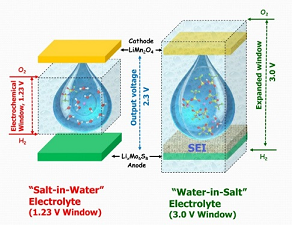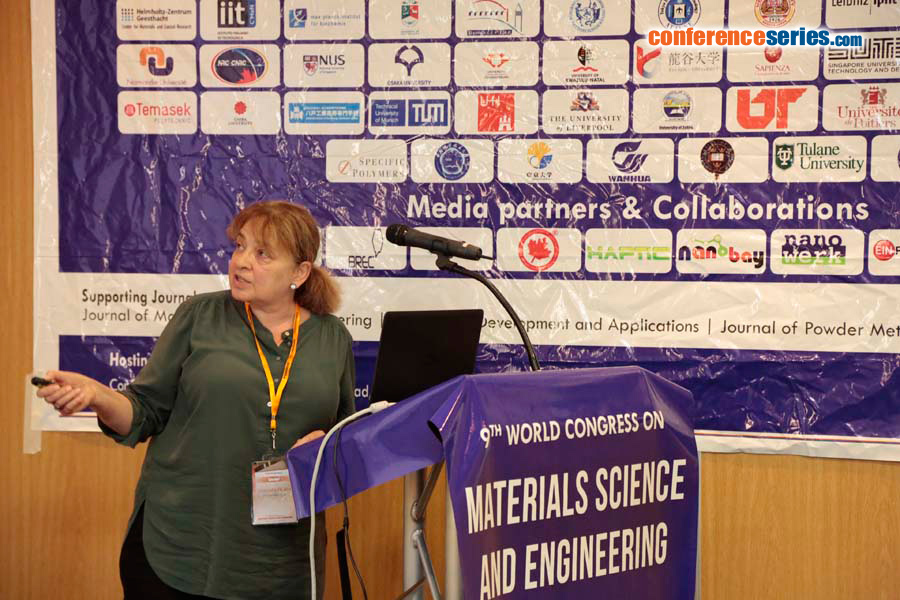
Tsvetanka Zheleva
US Army Research Lab, USA
Title: Materials research in energy and power for defense
Biography
Biography: Tsvetanka Zheleva
Abstract
The demand for improved performance, increased power and energy densities, and reduced cost, size, and weight, drive the materials research focus of the Energy and Power (E&P) programs at the US Army Research Laboratory (ARL). An overview of ARL’s relevant broad range, major programs will be presented, with emphasis on three key areas of materials research: 1) Chemical energy materials: electrochemical storage materials, materials for fuel cells, advanced battery chemistry materials, photoelectrochemistry materials; 2) Power science: WBG materials and devices, compact power materials and devices, science of thermal materials, alternative energy materials; and 3) Power integration: reliability of WBG materials and devices, integrated power/thermal device packaging. Examples from our advancements in each of the key areas employing numerous materials characterization and modeling approaches will be presented: Chemical energy materials: the development of novel “water-in-salt” electrolytes enabling high-voltage aqueous lithium-ion chemistries, derivation of the optimal substitution of the LCP achieving exceptional stability, high capacity, lower fade, and increased thermal stability; Power science: identified a transition layer at the SiC/silicon oxide interfaces of power field effect transistors relevant to their mobility parameters, development of ferrofluid-based stretchable magnetic core inductors, experimentally demonstrated and characterized mechanisms for nuclear isomer depletion that by-pass the slow nuclear decay transitions; and Power integration: identification of SiC voltage threshold instabilities leading to revised standards for device test and characterization, and others. Much of our research is performed in close collaboration with our partners from DOE and DoD labs, academia and industry. A brief summary of the various collaborative opportunities with ARL will be presented at the end.

Figure 1: “Water-in-Salt” aqueous Lithium ion battery technology that could provide power, efficiency and longevity comparable to today's Lithium-ion batteries
Recent Publications:
1. J Taillon, K Gaskell, G Liu, L Feldman, S Dahr, T Zheleva, A Lelis (2015) Characterization of the oxide-semiconductor interface in 4H-SiC/SiO2 structures using TEM and XPS. Microscopy and Microanalysis 21(S3): 1537-1538.


